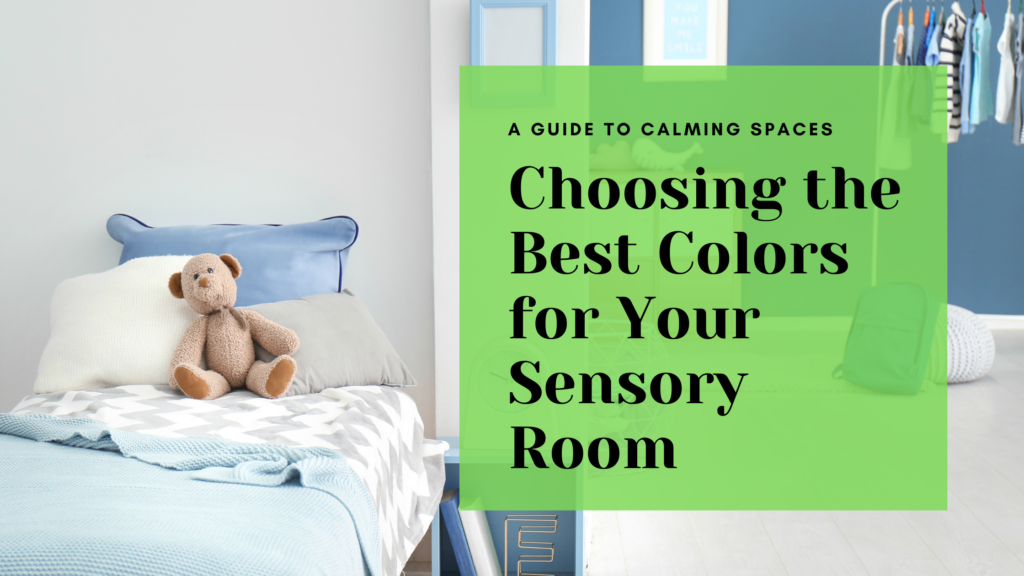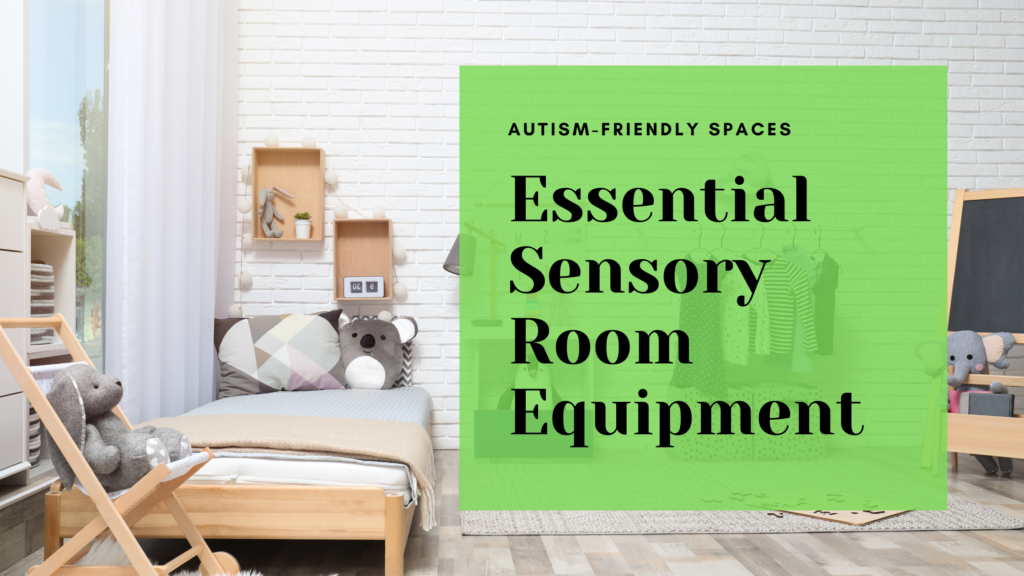I. Introduction
Understanding Sensory-Friendly Home Design
Sensory-friendly home design is about creating spaces that are comfortable and calming, especially for families with children who have autism or sensory processing disorders. These spaces are designed to reduce stress and anxiety by carefully considering how different elements like light, sound, texture, and color affect the senses. A sensory-friendly home is not just beneficial for children with specific sensory needs; it can improve the overall well-being of the entire family by making the home a more relaxing and enjoyable place to live.
When your home is designed with sensory needs in mind, it helps create an environment where everyone can feel at ease. For children with autism, for example, a sensory-friendly home can mean fewer meltdowns, better focus, and improved sleep. But even for family members without sensory issues, a well-designed space can enhance comfort, reduce stress, and promote a sense of calm and relaxation.
Why Every Family Can Benefit from a Sensory-Friendly Home
While sensory-friendly design is often discussed in the context of supporting children with autism or sensory processing disorders, the truth is that every family can benefit from these design principles. In today’s fast-paced world, creating a home that is a sanctuary from stress can be valuable for everyone. Simple changes, like using soft lighting or incorporating calming colors, can make a big difference in how a space feels.
This article will serve as a comprehensive guide to help you transform your home into a sensory-friendly environment. Whether you’re starting from scratch or just making a few adjustments, these tips will help you create a home that is not only functional but also a peaceful retreat for the entire family.
II. Key Principles of Sensory-Friendly Home Design
Creating a Calm and Comfortable Atmosphere
The first principle of sensory-friendly home design is creating a calm and comfortable atmosphere. This can be achieved by using soothing colors like soft blues, greens, and neutrals that help to create a peaceful environment. Bright or overly stimulating colors can sometimes cause anxiety or discomfort, especially for children with sensory sensitivities. Instead, opt for colors that promote relaxation and calm.
Textures and sounds also play a crucial role in setting the tone of a room. Soft textures, such as plush rugs, velvet cushions, and smooth fabrics, can make a space feel more inviting and comforting. Calming sounds, like gentle music or nature sounds, can help mask background noise and create a serene atmosphere. Balancing areas of sensory stimulation with relaxation zones is important, so your home has spaces where family members can unwind.
Personalizing Sensory Spaces
Each family member has unique sensory preferences, so it’s important to personalize the sensory spaces in your home to meet those needs. For example, one child might find weighted blankets soothing, while another might prefer a cozy reading nook with soft lighting. Personalizing these spaces helps ensure that everyone feels comfortable and that each space serves its intended purpose.
Involve your children in the design process by asking them what makes them feel relaxed and happy. This not only makes the space more effective but also gives children a sense of ownership and comfort in their personalized areas. Whether it’s adding a favorite color, a special chair, or a particular scent, these personal touches can make a big difference.
Incorporating Multi-Sensory Elements
A sensory-friendly home should engage all the senses—sight, sound, touch, smell, and even taste—without overwhelming them. For sight, consider using natural light whenever possible, complemented by dimmable lighting for flexibility. For sound, soft background music or white noise can be calming. Touch can be addressed with varied textures like soft blankets, smooth surfaces, and tactile wall art.
Scents can also play a significant role. Aromatherapy with essential oils like lavender or chamomile can help create a calming atmosphere. Finally, incorporating elements that appeal to taste, such as a snack corner with favorite healthy treats, can add another layer of sensory engagement. The key is to integrate these elements in a way that enhances the home’s comfort without overstimulating any of the senses.
III. Room-by-Room Guide to Sensory-Friendly Design
Sensory-Friendly Living Room Design
The living room is often the heart of the home, so it’s important to make it a sensory-friendly space where everyone can relax. Start with lighting and colors: Use natural light during the day and dimmable lights in the evening to create a warm, relaxing atmosphere. Choose calming colors like soft greys, blues, or greens for the walls and furniture.
For furniture and layout, select soft, comfortable furniture with sensory-friendly textures. Arrange the furniture to create open spaces and reduce clutter, as too much visual noise can be overwhelming. Consider adding a cozy corner with a soft rug and cushions where family members can retreat to relax.
Calming Bedroom Environments
The bedroom is where rest and recovery happen, so it’s crucial to create a soothing sleep space. Start with calming elements like weighted blankets, which can help some children feel more secure and relaxed. Blackout curtains are another great addition, as they block out light and create a dark, peaceful environment that promotes better sleep.
Personalization for comfort is key in the bedroom. Incorporate your child’s favorite calming items, such as soft toys, special bedding, or even their favorite posters, as long as these items promote a sense of calm. A simple color scheme and minimal clutter can also help make the bedroom a restful retreat.
Designing a Sensory-Friendly Kitchen and Dining Area
The kitchen and dining area can be overwhelming for children with sensory sensitivities due to the noise, smells, and activity. Start by reducing overstimulation: Keep noise levels down by using quiet appliances and adding soft mats or rugs to absorb sound. Use soft, indirect lighting to avoid harsh glares, and keep strong smells to a minimum by using an exhaust fan or keeping windows open.
Creating a calm dining space is also important. Use simple, non-distracting table settings, and arrange seating to minimize distractions. Consider using weighted lap pads or fidget tools during meals to help your child stay focused and calm.
Creating Sensory-Friendly Bathrooms
Bath time can be both relaxing and challenging for children with sensory needs. To create a soothing bath time environment, use warm water, soft lighting, and calming scents like lavender to help your child relax. Adding textured bath mats or soft towels can also provide comforting tactile input.
Safety considerations are crucial in the bathroom. Ensure that the space is safe by using non-slip mats, soft-close toilet seats, and securing any sharp or potentially dangerous items out of reach. Making the bathroom a safe and calming space can help make bath time a more pleasant experience for your child.
Outdoor Sensory Spaces
Don’t forget the outdoors! Creating a calming garden can provide a wonderful sensory experience. Use plants that appeal to the senses, like fragrant herbs, soft grass, or colorful flowers. Adding a water feature, like a small fountain, can introduce soothing sounds to the space. Sensory paths made of different materials, like pebbles, wood chips, or sand, can provide interesting textures underfoot.
For safe play areas, design outdoor spaces that are both engaging and secure. Consider adding a swing, sandbox, or playhouse that caters to your child’s sensory needs. Ensure that all play areas are safe by removing hazards and providing soft ground coverings where necessary.
IV. Affordable Tips and Resources for Sensory-Friendly Design
Budget-Friendly Design Ideas
Designing a sensory-friendly home doesn’t have to be expensive. DIY sensory solutions are a great way to add sensory-friendly elements without spending a lot of money. For example, you can make your own weighted blankets, sensory bottles, or tactile boards using affordable materials from a craft store.
Finding deals on sensory-friendly furniture and decor is also possible. Look for discounts online, at thrift stores, or in community marketplaces. With some creativity, you can find or make everything you need to create a sensory-friendly home on a budget.
Utilizing Community Resources
There are many community resources available to help you design a sensory-friendly home. Local support groups, online forums, and autism organizations often share ideas, offer DIY guides, or even provide free or low-cost materials. These resources can be invaluable in helping you create the perfect sensory-friendly environment for your family.
Working with Professionals
Sometimes, working with professionals can make a big difference. Occupational therapists and interior designers who specialize in sensory-friendly design can offer expert advice and help you create spaces tailored to your family’s needs. Even a consultation can provide you with valuable insights that you can implement on your own.
V. Maintenance and Adaptation
Keeping Your Sensory-Friendly Home Functional
Once you’ve created a sensory-friendly home, maintaining it is key to ensuring it remains effective. Regular cleaning, organizing, and updating of sensory elements can keep your home functional and comfortable. Make sure that the sensory items are kept in good condition and that the spaces remain clutter-free and organized.
Adapting as Needs Change
As your family grows and changes, so will your sensory needs. It’s important to be flexible and adapt your home design over time. This might involve switching out sensory tools, updating colors, or reorganizing spaces to better suit your family’s evolving needs.
VI. Conclusion
Recap of Sensory-Friendly Home Design Strategies
Creating a sensory-friendly home involves thoughtful design choices that cater to the sensory needs of all family members. By using calming colors, textures, and sounds, personalizing spaces, and incorporating multi-sensory elements, you can transform your home into a peaceful and supportive environment.
Encouragement to Start Designing
Don’t wait to start making your home more sensory-friendly. Whether you begin with small changes or a full redesign, every step you take will help create a more comfortable and calming environment for your family.
We encourage you to share your experiences and ideas for sensory-friendly design. Reach out to support groups, explore additional resources, and connect with others who are also working to create more sensory-friendly homes.


